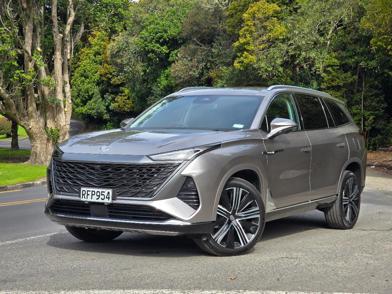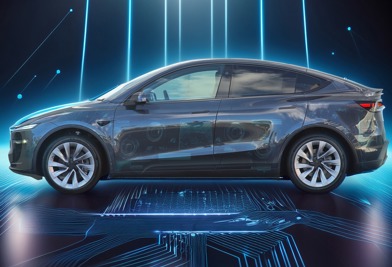The middle child of Volkswagen’s combustion-powered SUV range has had a slick new redesign for 2025, with sleek styling more in line with the company’s all-electric SUVs, the ID.4 and ID.5., but more importantly, also making it more practical, high tech and even better to drive.
The Tiguan R-Line you see here costs $63,990 and features a 110kW/250Nm 1.4-litre turbo petrol four-cylinder engine driving the front wheels through a 7-speed DSG transmission. In other words, business as usual as far as Tiguans are concerned.
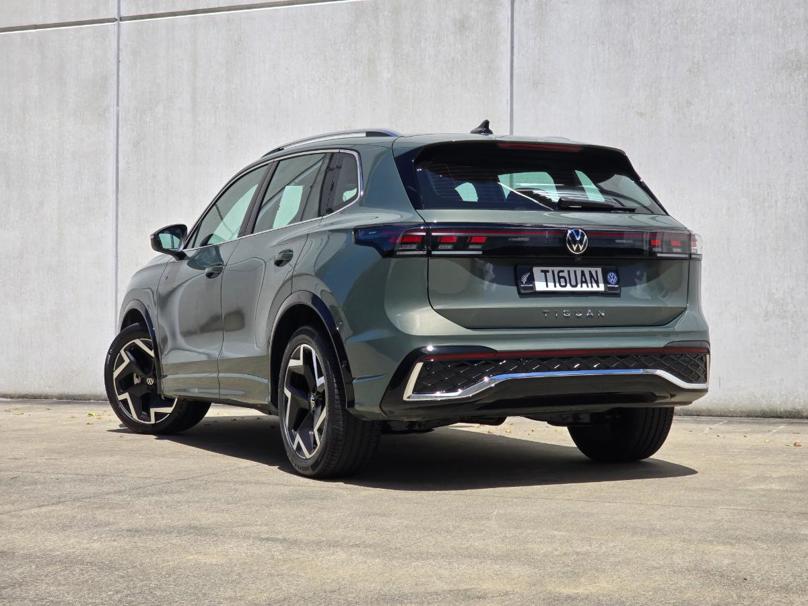
You can also get a trimmed-down Life model with the same engine for less money ($55,990) or a grunty 195kW/400Nm 2.0-litre turbo R-Line AWD model for more (a hefty $81,990), meaning that this one sits smack in the middle and arguably offers the best value for money in the current Tiguan range.
That is because the FWD R-Line is utterly packed with standard kit that you usually see on top-of-the-line models, including things like LED lights all around, massage seats for driver and passenger, 30-colour interior ambient lighting, 3-zone climate control and dynamic cornering lights on top of the entry-spec Life’s already healthy level of standard equipment.
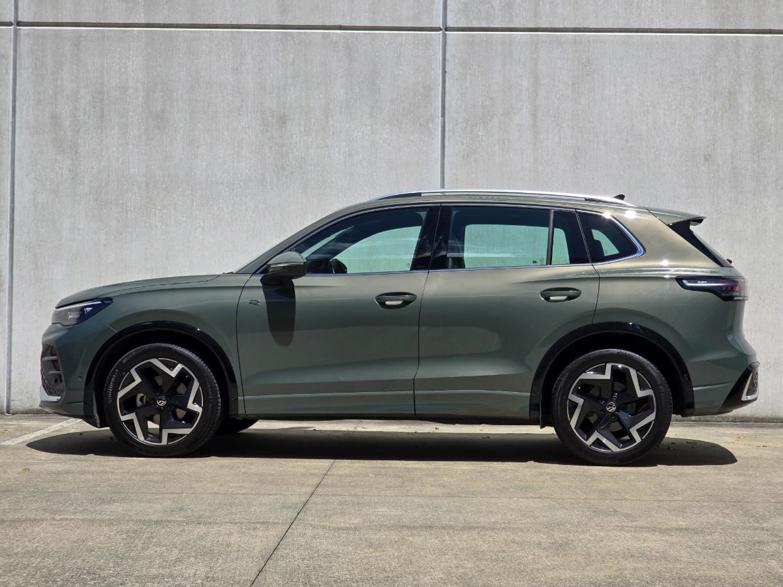
With the new external look, the new Tiguan also gets a swish new interior that walks back some of the unnecessary excesses of the last Golf, which arguably leaned way too much on touch surfaces.
While the new Tiguan (and next-gen Golf) don’t resort back to a wall of physical buttons, the interface has been vastly improved, with a more logical, user-friendly interface and, yes, some buttons, including the brilliant “smart dial” that it shares with its Skoda siblings, which controls both multimedia volume and drive mode functions, with a simple press switching between them and a neat little screen embedded in the dial letting you know what mode you are in.
The smart dial arguably sums up the improvements VW has made to the Tiguan in general - slick, intuitive and satisfyingly simple to use, the entire interface in the Tiguan just makes sense, and works very well too.
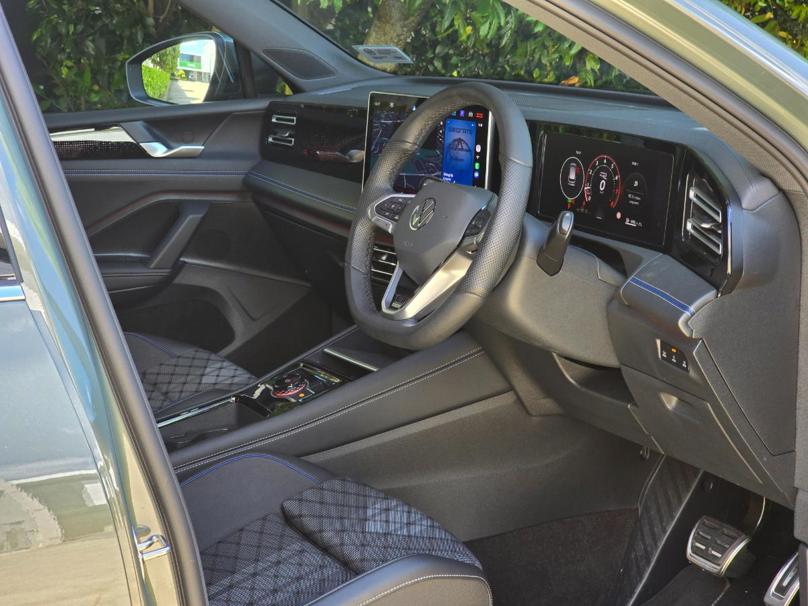
Likewise, the R-Line is compellingly good to drive, behaving every bit in the way you would expect a Tiguan to behave if you are familiar with it, but just a bit better in every single way.
The ride is, of course, beautifully composed over pretty much any surface.
Not massively better - it doesn’t do anything radical that is revolutionary in the segment, but then it didn’t need to as it was always one of the pacesetters in the medium SUV class anyway. No, the 2025 Tiguan just does everything just that much better than the last generation. Which, as I mentioned before, was rather good anyway.
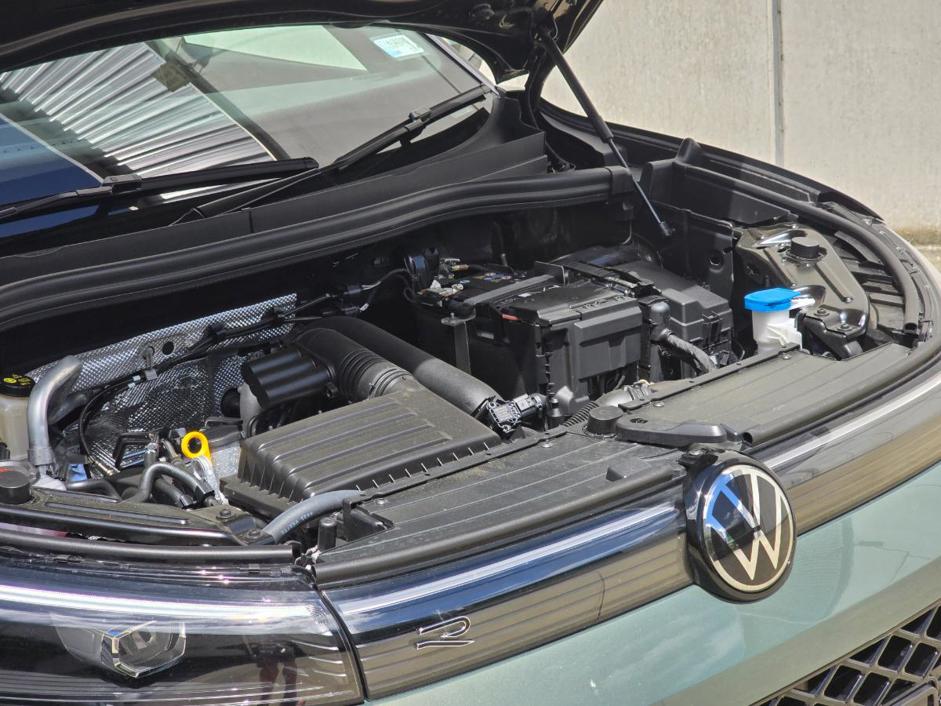
While the 110kW/250Nm 1.4-litre engine might seem a bit underwhelming on paper, the performance on offer far exceeds the sum of what its small capacity and modest output suggests. It’s not going to rip your face off away from the traffic lights, but for a medium SUV it is plenty spritely off the line (once you've pushed through the slight throttle lag that is typical of the VW Group cars with smaller engines), with a surprising amount of mid-range torque to effortlessly keep it bubbling along on the open road, with plenty left for passing.
Ride and handling-wise, the FWD R-Line is exactly what you would expect too, with a “bigger Golf” feel that sees it turn sharply and accurately into the corners, with a satisfyingly small tendency towards understeer as you hustle your way through in a fashion that very few actual buyers of a mid-size family SUV will ever do.
The ride is, of course, beautifully composed over pretty much any surface, with some impressive sound deadening adding to the serene ambience in the cabin.
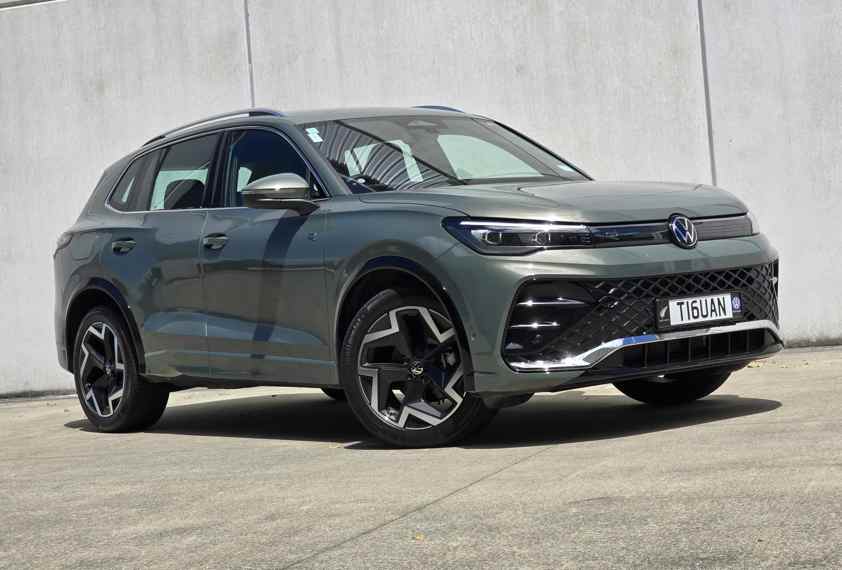
Of course the Tiguan R-Line also features a full array of safety and driver assists which are all fantastically well calibrated and not particularly intrusive, but are also very easily turned off if you are so inclined.
The new look is handsome and distinctive, the latter of which you really couldn't say about the last model. And it is genuinely good to drive.
Like pretty much everything else about the Tiguan, it is the joyous ease of use that makes the it stand out from the crowd, and all of this adds up to an excellent medium SUV that Volkswagen has clearly taken a very clever approach with, improving everything that needed improving, as well as the bits that didn’t really need improving as well for good measure.
How much is the Volkswagen Tiguan R-Line?
The front-wheel drive Tiguan R-Line costs $63,990 for the car you see here, while an entry-level Life model opens the Tiguan range at $55,990. The Tiguan range is topped by another R-Line model, but this time packing AWD and a 195kW/400Nm 2.0-litre turbo petrol four-cylinder engine, that will set you back $81,990.
What are the key statistics for the Volkswagen Tiguan R-Line?
The standard R-Line packs a 110kW/250Nm 1.4-litre turbo petrol four-cylinder engine and a 7-speed DSG transmission driving the front wheels. It sits on a 2677 millimeter wheelbase and is 4539mm long, 1859mm wide and 1658mm tall.
Is the Volkswagen Tiguan R-Line efficient?
It's not bad. While Volkswagen claims an average combined consumption of a somewhat steep 8.5l/100km for the R-Line (with 192g/km of CO2 emissions, both measured under the 3P-WLTP test cycle), it actually managed to do better than that during our time with it, recording high sevens after a week of urban running and highway commuting. However, that fact that it requires 95 octane petrol takes the edge off that when it comes to running costs.
Is the Volkswagen Tiguan R-Line good to drive?
Very much so. Think of it as a taller, longer Golf and you'll have a good idea of the Tiguan's abilities. Agile and responsive through the corners, the Tiguan is also impressively comfortable and composed both during open road cruising and urban running.
Is the Volkswagen Tiguan R-Line practical?
Absolutely. The Tiguan boasts an impressive 659 litres of boot space with the rear seats in place, which balloons up to 1650 litres when you fold them down. There are a copious amount of storage options scattered around the cabin, while rear legroom is also impressive.
What do we like about the Volkswagen Tiguan R-Line?
It is absolutely packed with standard equipment that is generally optional at this price point, while the interior is also straight out of a higher segment. The new look is handsome and distinctive, the latter of which you really couldn't say about the last model. And it is genuinely good to drive.
What don’t we like about the Volkswagen Tiguan R-Line?
We really would have thought Volkswagen would have leaned a bit into some kind of hybrid tech by now - a car like the Tiguan but with Toyota RAV4 fuel consumption would be a world beater...
What kind of person would the Volkswagen Tiguan R-Line suit?
Anyone who wants a sensible and practical family SUV, but also wants something that feels a little bit more special, both in terms of quality and dynamics.











